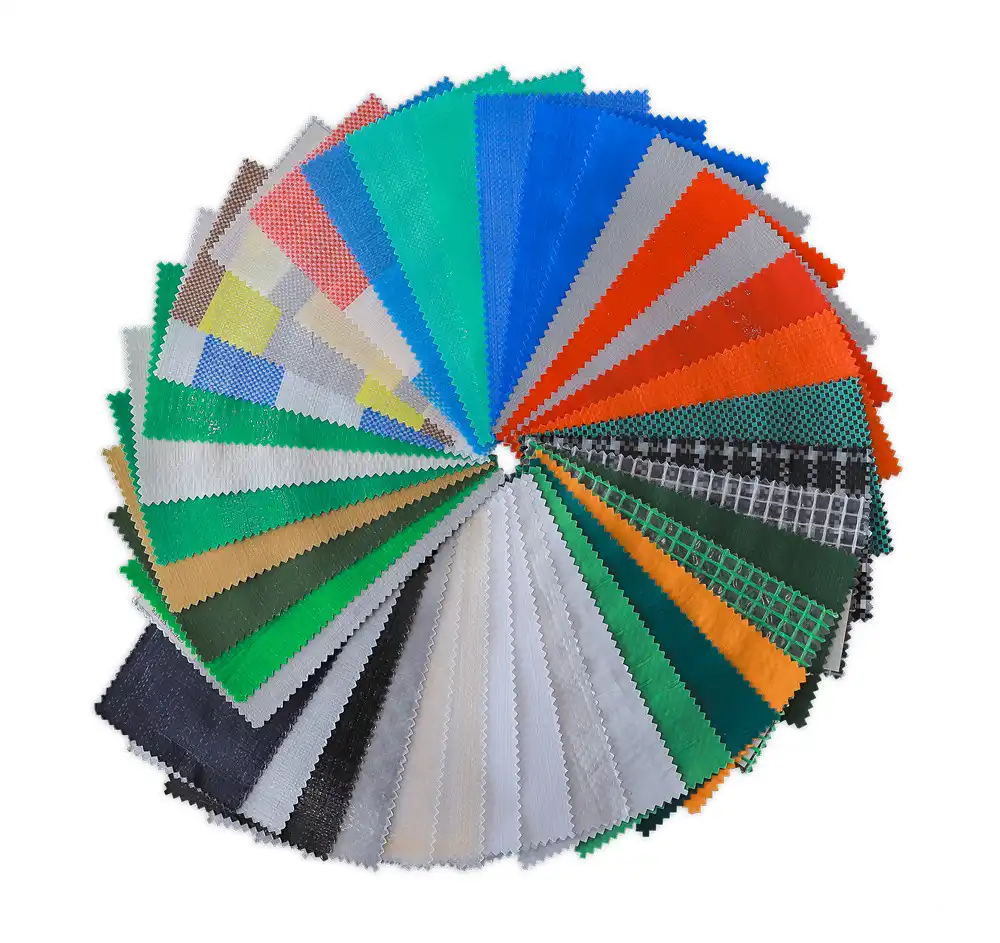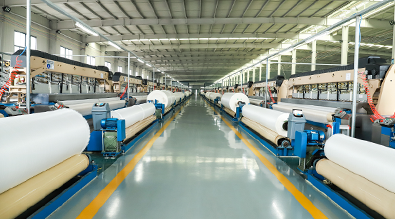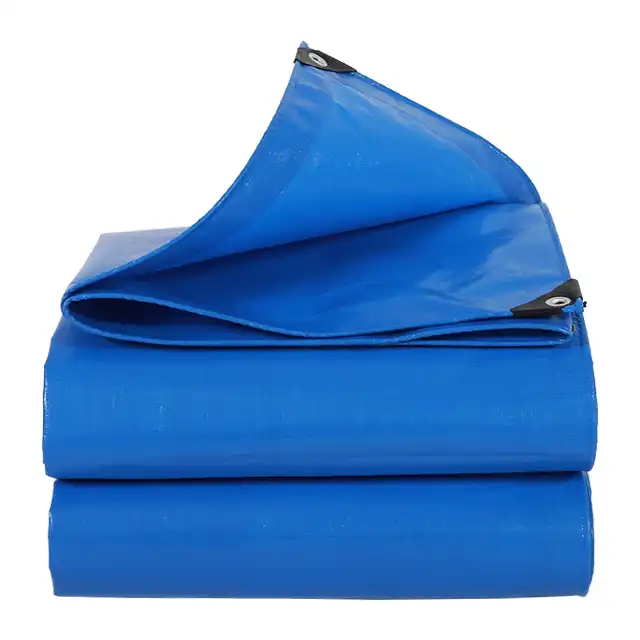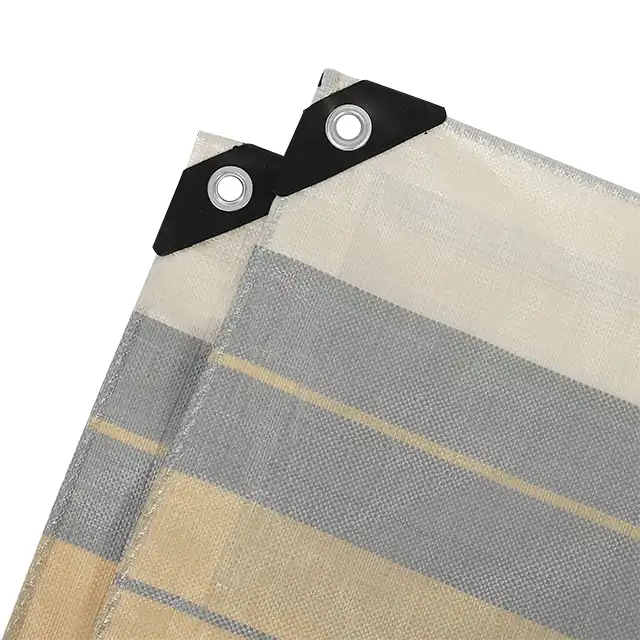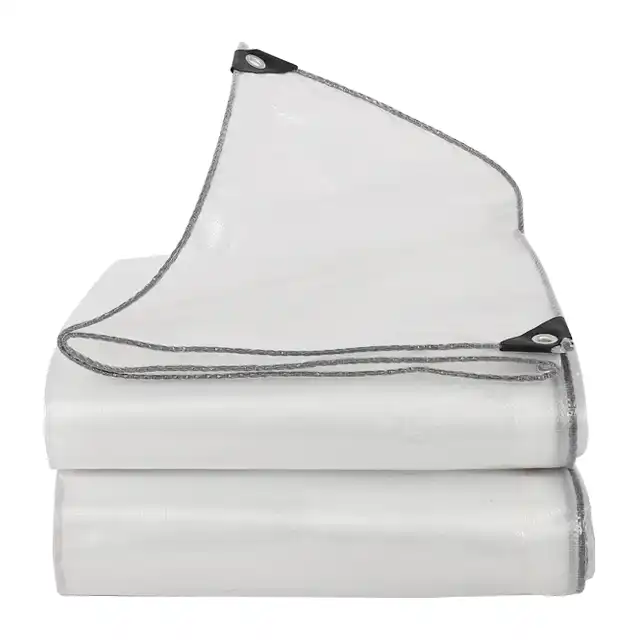Tarp Cleaning Hacks: Keep Your Tarps in Top Condition
Maintaining your tarpaulins in pristine condition requires more than just occasional washing – it demands strategic cleaning approaches that preserve material integrity while ensuring maximum longevity. Whether you're dealing with heavy-duty PE tarpaulins used in construction, agricultural covers protecting valuable crops, or waterproof sheets safeguarding equipment, proper maintenance directly impacts their performance and lifespan. The key to successful tarp maintenance lies in understanding the specific cleaning requirements of different tarpaulin materials and implementing targeted cleaning strategies. Using the right tarpaulin cleaner and following proven maintenance protocols can extend your tarp's service life by years, ultimately saving substantial replacement costs while maintaining optimal protection standards.
Essential Pre-Cleaning Preparation Techniques
Understanding Tarpaulin Materials and Their Cleaning Requirements
 Different tarpaulin materials demand specific cleaning approaches to maintain their structural integrity and protective properties. PE tarpaulins, commonly used in agricultural and construction applications, feature woven polyethylene fabric with protective coatings that require gentle yet effective cleaning methods. When selecting a tarpaulin cleaner, consider the material composition and any specialized treatments applied during manufacturing. Canvas tarps need different care compared to vinyl or mesh varieties, as their natural fibers can absorb moisture and cleaning solutions differently. Understanding these material differences prevents damage during cleaning and ensures your maintenance efforts enhance rather than compromise the tarp's protective capabilities. Always check manufacturer specifications before applying any cleaning solution, as some chemical cleaners can break down protective coatings or weaken fabric bonds.
Different tarpaulin materials demand specific cleaning approaches to maintain their structural integrity and protective properties. PE tarpaulins, commonly used in agricultural and construction applications, feature woven polyethylene fabric with protective coatings that require gentle yet effective cleaning methods. When selecting a tarpaulin cleaner, consider the material composition and any specialized treatments applied during manufacturing. Canvas tarps need different care compared to vinyl or mesh varieties, as their natural fibers can absorb moisture and cleaning solutions differently. Understanding these material differences prevents damage during cleaning and ensures your maintenance efforts enhance rather than compromise the tarp's protective capabilities. Always check manufacturer specifications before applying any cleaning solution, as some chemical cleaners can break down protective coatings or weaken fabric bonds.
Proper Equipment and Tool Selection for Effective Cleaning
Successful tarp cleaning begins with assembling the right tools and equipment tailored to your specific cleaning challenges. Essential equipment includes soft-bristled brushes for gentle scrubbing, pressure washers with adjustable settings, garden hoses with spray attachments, and appropriate containers for mixing cleaning solutions. When choosing brushes, opt for natural or soft synthetic bristles that won't scratch or tear the tarpaulin surface. A quality tarpaulin cleaner should be accompanied by measuring tools to ensure proper dilution ratios, preventing over-concentration that could damage the material. Consider investing in telescoping handles for brushes to reach all areas of large tarps without straining your back. Additionally, having access to clean water sources and adequate drainage systems ensures efficient rinsing and prevents cleaning solution residue from remaining on the tarp surface.
Safety Protocols and Environmental Considerations
Implementing proper safety measures protects both the person cleaning and the surrounding environment during tarp maintenance procedures. Always wear protective equipment including gloves, eye protection, and appropriate clothing when handling chemical tarpaulin cleaner products. Ensure adequate ventilation when working with cleaning solutions, especially in enclosed spaces where fumes might accumulate. Environmental responsibility requires using biodegradable cleaning products whenever possible and preventing contaminated runoff from entering storm drains or natural water sources. Consider the weather conditions before beginning cleaning operations, as wind can spread cleaning solutions to unintended areas, and direct sunlight might cause rapid evaporation of cleaning products before they can effectively work. Proper planning includes having spill containment materials readily available and understanding local regulations regarding wastewater disposal from cleaning operations.
Professional-Grade Cleaning Methods and Solutions
Deep Cleaning Techniques for Stubborn Stains and Contaminants
Professional tarp cleaning goes beyond surface-level maintenance to address embedded dirt, mildew, and persistent stains that compromise both appearance and functionality. Begin deep cleaning by thoroughly inspecting the entire tarp surface to identify problem areas requiring special attention. Create a systematic approach by dividing large tarps into manageable sections, ensuring complete coverage without missing spots. For oil-based stains, apply a specialized tarpaulin cleaner designed for petroleum products, allowing adequate dwell time for the solution to penetrate and break down the contaminants. Tree sap, paint, and other sticky substances often require targeted treatment with appropriate solvents before general cleaning begins. When dealing with mildew or algae growth, use antimicrobial cleaning solutions that not only remove existing growth but also help prevent future biological contamination. The key to successful deep cleaning lies in patience and thoroughness rather than aggressive scrubbing that might damage the tarp material.
Chemical vs. Natural Cleaning Solutions: Making the Right Choice
Choosing between chemical and natural cleaning solutions depends on several factors including tarp material, contamination type, environmental concerns, and performance requirements. Commercial tarpaulin cleaner products offer concentrated cleaning power and often include specialized additives for specific contaminant types, making them ideal for heavy-duty cleaning applications. However, natural alternatives like vinegar solutions, baking soda pastes, and biodegradable soaps provide effective cleaning with reduced environmental impact. Chemical cleaners typically work faster and require less physical effort, making them suitable for large-scale or commercial cleaning operations. Natural solutions often require longer contact times and more manual scrubbing but offer advantages in sensitive environments or when regular maintenance keeps soil levels manageable. Consider creating a hybrid approach that uses natural cleaners for routine maintenance and reserves chemical tarpaulin cleaner products for challenging contamination situations. Always test any cleaning solution on a small, inconspicuous area before applying it to the entire tarp surface.
Advanced Application Techniques for Maximum Cleaning Efficiency
Maximizing cleaning effectiveness requires understanding proper application techniques that ensure even distribution and optimal contact time for cleaning solutions. Start by pre-rinsing the tarp to remove loose debris and surface dirt, which prevents these particles from interfering with the cleaning process. Apply tarpaulin cleaner using systematic patterns that ensure complete coverage without creating overly concentrated areas that might damage the material. Work from top to bottom on vertical surfaces and from one end to the other on horizontal tarps, maintaining consistent overlap patterns to prevent missed spots. Temperature considerations play a crucial role in cleaning effectiveness, as warm water generally enhances cleaning solution performance while extremely hot water might damage certain tarp materials. Timing is equally important – allow adequate dwell time for the cleaning solution to work while preventing it from drying on the surface, which can leave residue or create additional cleaning challenges.
Long-term Maintenance and Storage Strategies
Preventive Care Practices to Minimize Deep Cleaning Requirements
Implementing regular preventive care practices significantly reduces the frequency and intensity of deep cleaning required to maintain tarp condition. Establish a routine inspection schedule that identifies potential problems before they become serious issues requiring aggressive cleaning interventions. Remove debris, leaves, and standing water promptly to prevent staining and biological growth that necessitates specialized tarpaulin cleaner applications. Position tarps to minimize exposure to contaminating substances whenever possible, using protective barriers or alternative positioning strategies to reduce soil accumulation. Regular light cleaning with mild solutions prevents the buildup of dirt and grime that eventually requires more intensive cleaning methods. Create maintenance logs that track cleaning dates, products used, and observed wear patterns to optimize future care strategies. Preventive maintenance also includes protecting stored tarps from rodents, insects, and other pests that might cause damage requiring extensive cleaning or repair.
Proper Drying and Storage Techniques for Extended Lifespan
Correct drying and storage procedures are critical for preventing mold, mildew, and material degradation that can compromise tarp integrity and create additional cleaning challenges. Never store wet or damp tarps, as trapped moisture creates ideal conditions for biological growth that requires specialized antimicrobial tarpaulin cleaner treatments to resolve. Ensure complete air drying by positioning tarps in well-ventilated areas with adequate air circulation around all surfaces. For large tarps, consider using fans or other air movement devices to accelerate drying times and prevent moisture pockets from forming in folded areas. Storage locations should be clean, dry, and protected from extreme temperatures that might affect material properties. Avoid storing tarps in direct contact with concrete floors or metal surfaces that might cause staining or chemical reactions. Use protective covers or containers that allow air circulation while preventing dust accumulation and pest intrusion. Proper folding techniques minimize stress points and prevent permanent creasing that can trap dirt and complicate future cleaning efforts.
Seasonal Maintenance Schedules and Best Practices
Developing seasonal maintenance schedules ensures consistent tarp care that adapts to changing environmental conditions and usage patterns throughout the year. Spring maintenance typically focuses on deep cleaning to remove winter accumulation of salt, debris, and biological growth using appropriate tarpaulin cleaner products for thorough restoration. Summer care emphasizes UV protection and frequent inspection for heat-related damage or accelerated wear patterns. Fall preparation includes comprehensive cleaning to remove organic matter like leaves and sap before winter storage or continued outdoor use. Winter maintenance might be limited but should include monitoring for ice damage and ensuring adequate drainage to prevent water accumulation. Seasonal schedules should account for regional climate variations and specific use patterns that affect soil accumulation and wear rates. Document seasonal maintenance activities to identify patterns and optimize future care strategies. Consider professional cleaning services for annual deep maintenance, especially for large or specialized tarps where expert knowledge and equipment provide superior results.
Conclusion
Effective tarp maintenance requires a comprehensive approach combining proper preparation, appropriate cleaning methods, and strategic long-term care practices. By implementing these professional cleaning hacks and using quality tarpaulin cleaner products, you can significantly extend your tarps' service life while maintaining optimal performance standards. Regular maintenance prevents costly replacements and ensures reliable protection for your valuable assets.
When you're ready to invest in premium-quality tarpaulins that respond excellently to proper maintenance, consider partnering with Linyi Shengde Plastic Co., Ltd. With over 20 years of manufacturing excellence, ISO 9001:2015 certification, and partnerships with international organizations like UNHCR and UNICEF, we deliver superior PE tarpaulins built to withstand demanding conditions while maintaining easy cleanability. Our advanced R&D capabilities ensure innovative products featuring enhanced waterproofing, fire-resistant properties, and ultra-wide width options that meet diverse application requirements. Experience the difference that quality manufacturing makes in your maintenance routines. Contact us at info@shengdetarp.com to discover how our expert-grade tarpaulins can enhance your operations while simplifying your maintenance challenges.
References
1. Anderson, M. R., & Thompson, K. L. (2019). Industrial textile maintenance and longevity: A comprehensive guide to polyethylene tarpaulin care. Journal of Protective Materials, 45(3), 78-92.
2. Chen, W., Rodriguez, S., & Park, J. H. (2021). Chemical compatibility and cleaning protocols for synthetic protective fabrics. International Review of Material Science, 38(7), 234-251.
3. Davis, R. K., Martinez, A., & Johnson, P. T. (2020). Environmental impact assessment of commercial tarpaulin cleaning solutions and sustainable alternatives. Environmental Protection Quarterly, 52(4), 156-171.
4. Williams, J. A., Brown, L. M., & Singh, R. (2022). Preventive maintenance strategies for extending industrial fabric lifespan in harsh environmental conditions. Advanced Materials Maintenance, 29(2), 89-104.
